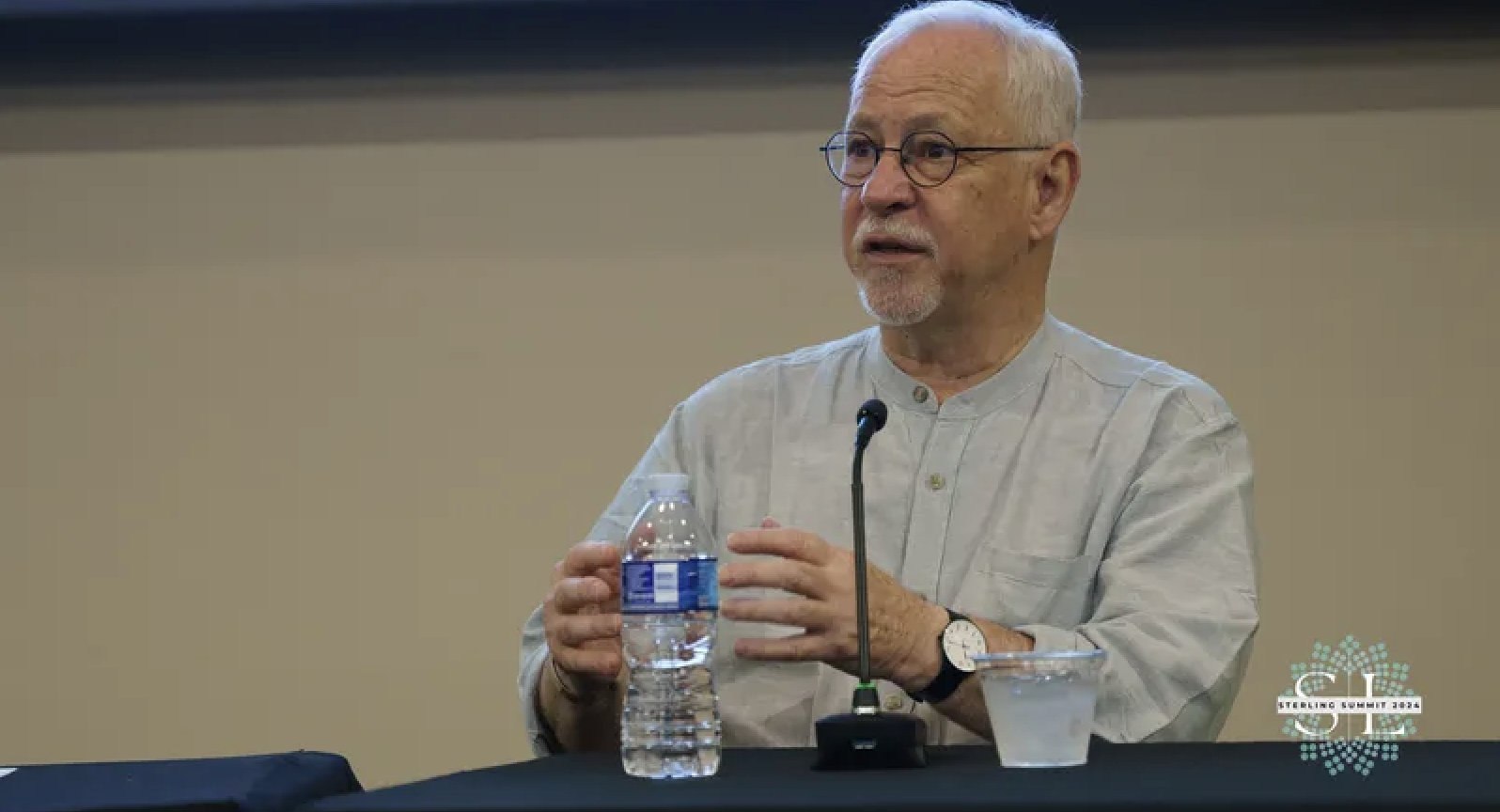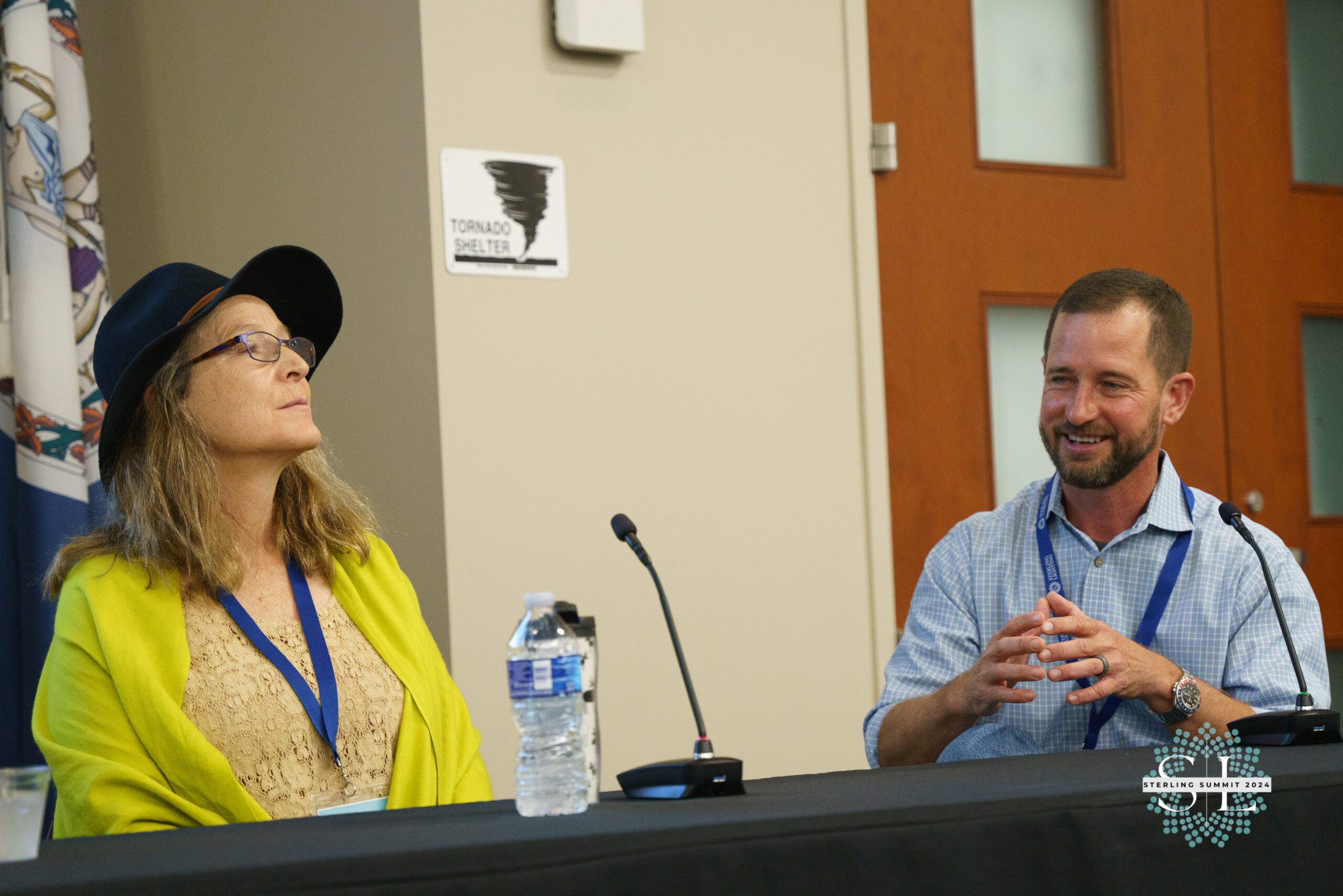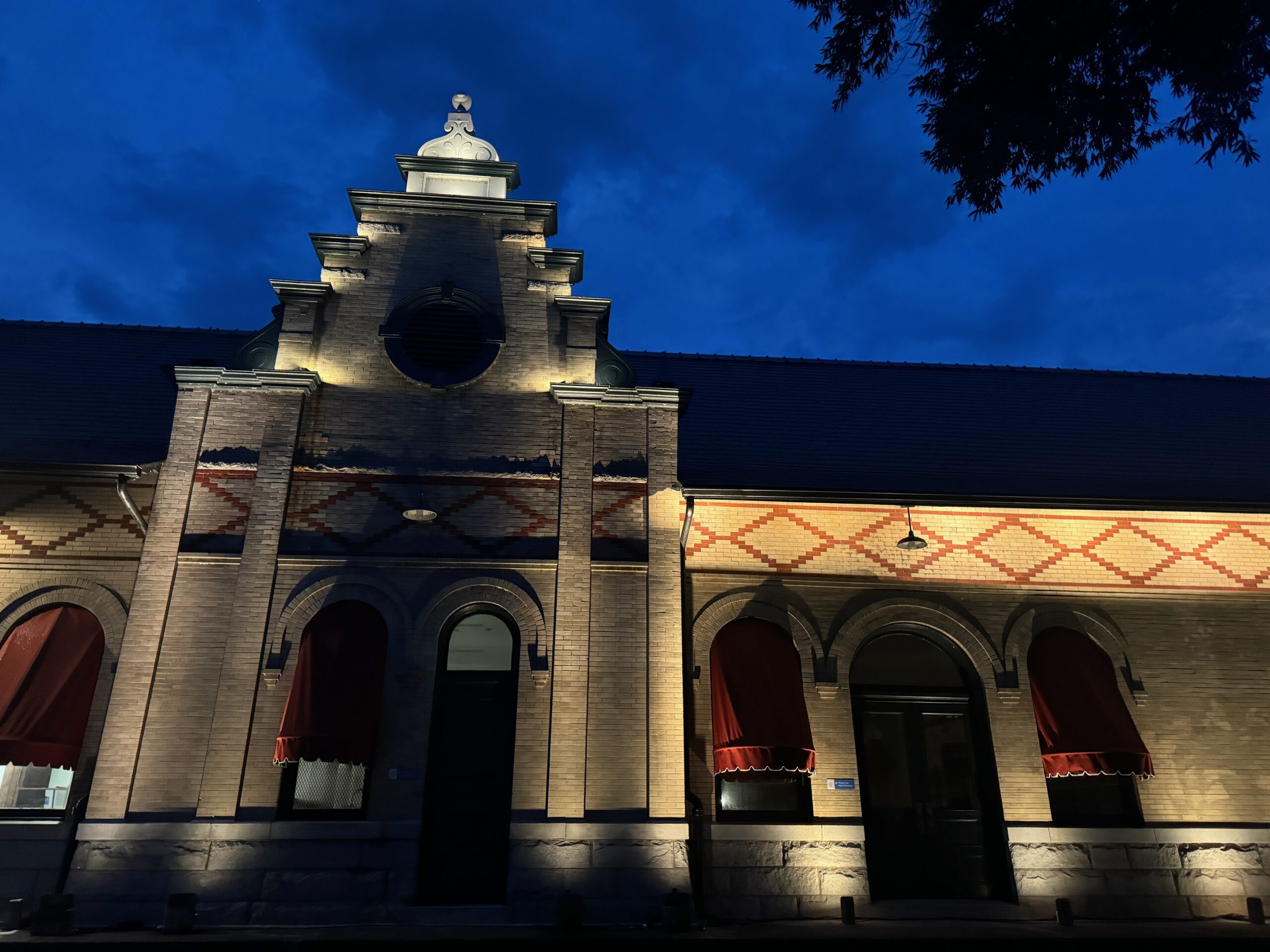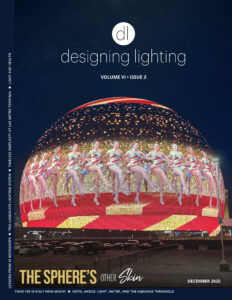Domingo Gonzalez, Janet Lennox Moyer, Eleftheria Deko, and Patrick Harders Share Insights into Landscape Lighting
At the Sterling Lighting Summit last week in Danville, VA, I had the pleasure of moderating a panel discussion as Domingo Gonzalez, Janet Lennox Moyer, Eleftheria Deko, and Patrick Harders as they shared insights into Landscape Lighting. Eleftheria Deko is from Athens, Greece, and recently received 8 LIT Awards in London. Domingo Gonzalez is the Founding Principal of Domingo Gonzalez Associates, and Janet Lennox Moyer, Landscape Lighting Pioneer & Author.
Color:
Our first topic was the use of color in landscape lighting. Eleftheria believes that we should highlight the rich colors of trees and flowers with white light of very high CRI to reflect the beauty and the true colors of nature. Patrick explained that while Sterling does offer the option of color, he does not believe that adding colors can enhance the natural beauty of a tree. “The natural look of the tree, with its 16 shades of brown in the bark and 15 shades of green in the leaves, should not be distorted,” he said.
Dark Skies in Landscape Lighting:
I followed up with a question related to a roundtable discussion where James Solecki of Island Villa Lighting in the Turks & Caicos asked about the importance of dark skies in landscape design. Domingo started the conversation, saying, “It is a subject of a lot of discussion.” He explained that dark sky legislation is pending both in the United States and Europe. “It started as an interesting topic of discussion over 20 years ago and is now evolving into a value,” he stated. He emphasized that discussing dark skies also involves discussing wildlife protection, as the two are intertwined. He cited a recent New York local law requiring dimming or turning off of uplighting on public buildings from 11p.m. to 6 a.m. during bird migration season.
Janet explained that landscape lighting is generally not a problem regarding skyglow, stating, “It is parking lots, used car dealerships, and street lights with much higher wattage that cause issues.” She cautioned, “That doesn’t mean we shouldn’t be aware and concerned about it, especially regarding animals and insects.”
I then asked about a new luminaire I saw at Light + Building in Frankfurt earlier this year that changes from 3000K to approximately 1800K. Eleftheria mentioned she had heard of a similar product but would not be the first to specify it in Greece. Domingo stressed the need for more research, explaining that while yellow-amber light is better for birds and turtles, red lighting may have a better effect on bats, which in turn help control mosquito populations. “More research is needed to prevent unintended consequences,” he asserted.

Domingo Gonzales makes a point at the Sterling Lighting Summit 2024
Domingo also reminded the audience that in the 1970s and early 1980s, discussions in architectural schools about making buildings more accessible for people with disabilities were often treated as esoteric. He explained, “However in 1990, there was a bill signed into law by a conservative Republican president—the most wide-ranging civil rights legislation in American history, which subsequently affected the design of every major building in this country, changing the landscape of American design. So, while dark sky legislation may not impact us much now, we need to remain very aware of it for the future.”
Glaring Landscapes:
Next, we discussed the subject of glare. Eleftheria said, “Glare might be acceptable in some areas, but definitely not in landscape lighting.” In the theater industry, glare can create an emotional impact. “For instance, a charming glare from a backlight on a singer that temporarily blinds the audience for a few seconds can be interesting and add to the performance,” she explained. However, in architectural and landscape lighting, glare is a definite no.
Janet highlighted the fine line between glare and sparkle, saying, “It’s so magical, and there are many times when we can see brightness sparkle in landscape lighting or even in an interior lighting space, and it’s wonderful.” She contrasted this with the upcoming Olympics, where huge floodlights during the opening ceremony will shine across the audience. “I don’t find that sparkle. I find that to be glare,” she remarked.
I explained that we are seeing more sustainable luminaires in architectural lighting, some made of wood and even paper, and asked about the state of sustainable fixtures in landscape lighting. Eleftheria explained that she often specifies products she knows will work and does not typically have time to research environmentally friendly materials. However, she expressed support for recycled materials, saying, “I would like to see more brands using sustainable designs.”

Patrick Harders discusses the manufacturing process
Discussing the specifications for the Second Avenue Subway project in 2006, Domingo noted that calling for recycled aluminum was a bit ahead of its time. “No one was even thinking about it back then. Today, it is much more common, not because manufacturers aim to be sustainable, but because they found it less expensive,” he explained. “Finding the business proposition that encourages sustainability and circular economies means it takes care of itself as opposed to making it a virtue; we make it a business model.”
As the discussion wound down, we talked about software and renderings in outdoor lighting. Domingo proclaimed, “The best communication is a demonstration. When you can demonstrate what the light on the tree looks like, you demonstrate what the wash on the wall looks like, and at that moment, you’ll get the very technical response of ‘aha, now I get it.”‘

Temporary lighting installed on half of the Danville, VA train station by Sterling Lighting, supervised by Eleftheria Deko
The audience could relate to that statement, as the previous evening, Eleftheria had lit up half of the old train station next to our dinner and demonstrated various scenes, allowing the audience to contrast typical façade lighting with professional design.
As we concluded the panel, much of the discussion continued during lunch and at breaks throughout the day. It was clear that the insights from these 4 panelists had sparked numerous “aha” moments for everyone in attendance.




